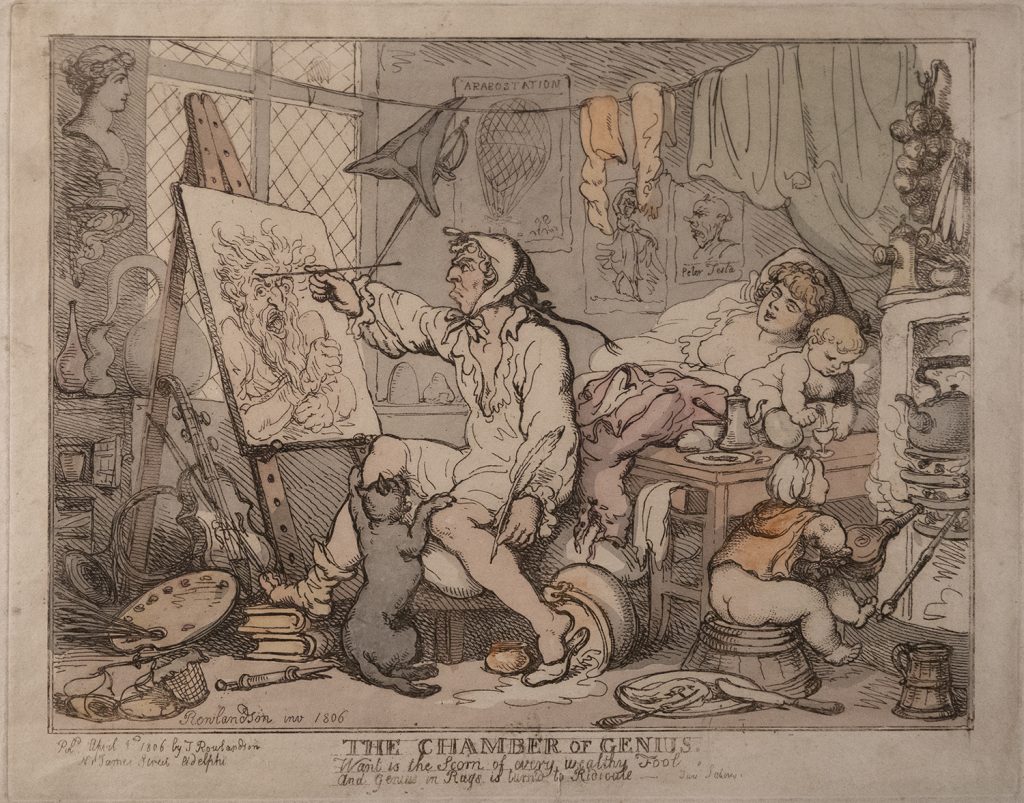About this Exhibition
History of Prints: The Class That Never Ended
An easy class. That was what Jack May wanted as he searched the course catalog before his last semester at Yale College in 1951. He thought he found one in “Prints,” offered by Theodore Sizer, the director of the Yale Art Gallery and a professor beloved among undergraduates as an affable anglophile and a merciful grader.
But there was a hitch. Professor Sizer was so inspiring that “Prints” turned out to be a course that never ended—now persisting through some seventy years of study.
Over the years, the May Collection has evolved into an impressive anthology of the history of western prints. With works by such artists as Dürer, Rembrandt, Goya, Daumier, Matisse, Toulouse-Lautrec, Whistler, Cassatt, Picasso, and Hopper, the collection is as varied as it is extensive. In addition to portrayals of the beauty of human life and nature, the collection evinces a special affinity for social critique, satire, and humor. May admires the print artist, who—much more so than the painter or the sculptor— “looks at the world with a sidewise cock of the eye.”
Jack May has enjoyed the companionship of fellow print lovers as he formed his collection, especially his wife, Lynn May (Vanderbilt, Class of 1960), and sister, Betsy May Stern, as well as his father, Dan May (Vanderbilt, Class of 1919), who served on the Vanderbilt Board of Trust for three decades. This exhibition is a testament to, and celebration of, the May family’s dedicated collecting efforts and vast knowledge of print art, as well as their multi-generational relationship with Vanderbilt University. In 2019, a special endowment was established in Jack’s honor to acquire and promote the history of prints in Vanderbilt’s Libraries and the Fine Arts Gallery.
I. History of Art
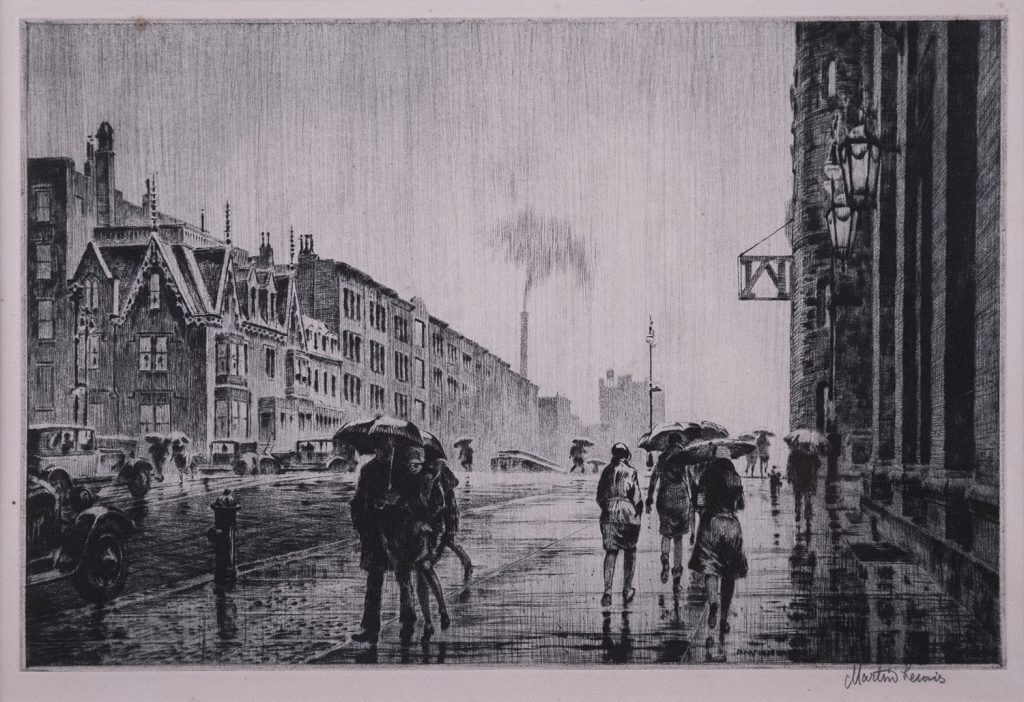
II. People
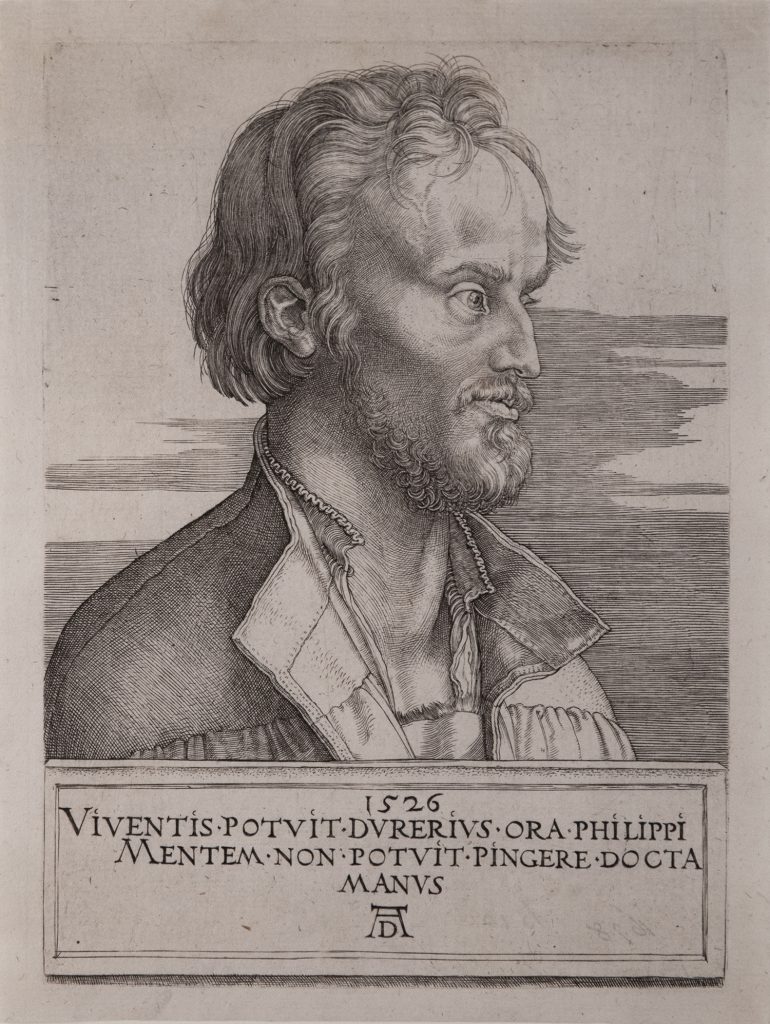
III. Places
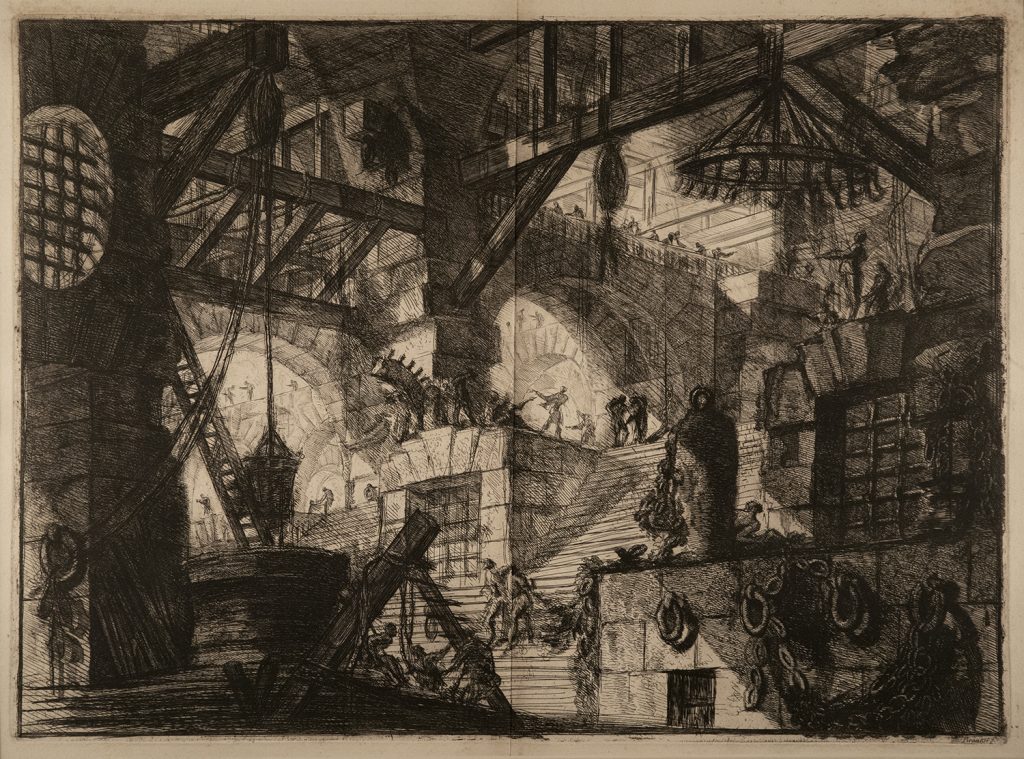
IV. Society
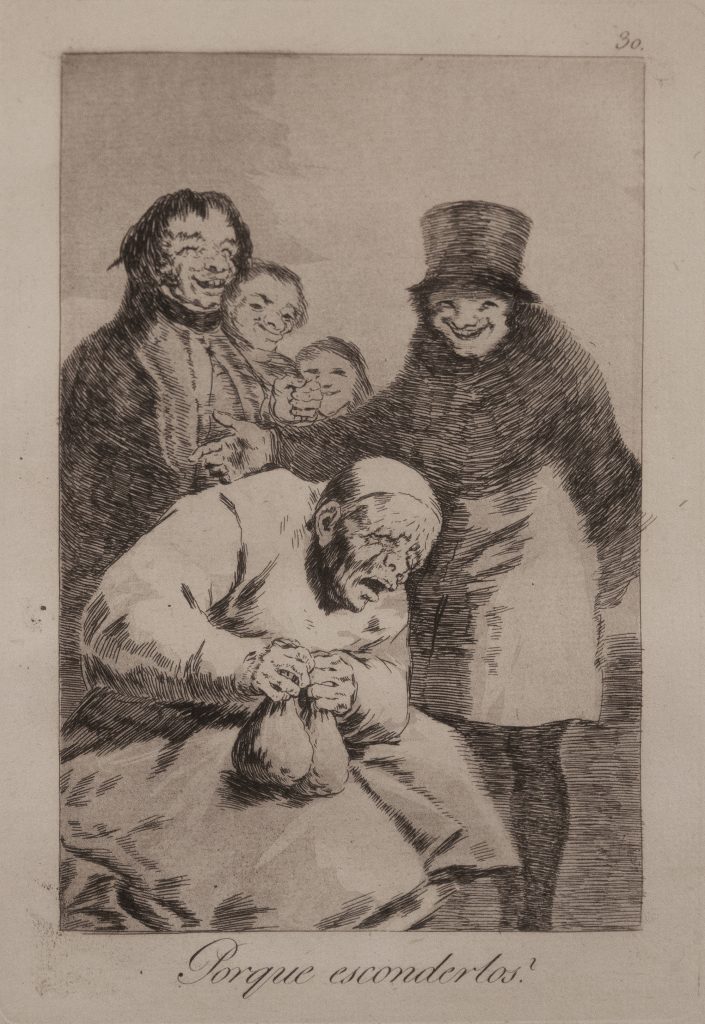
V. Painters and the Print

VI. Comic Ink
